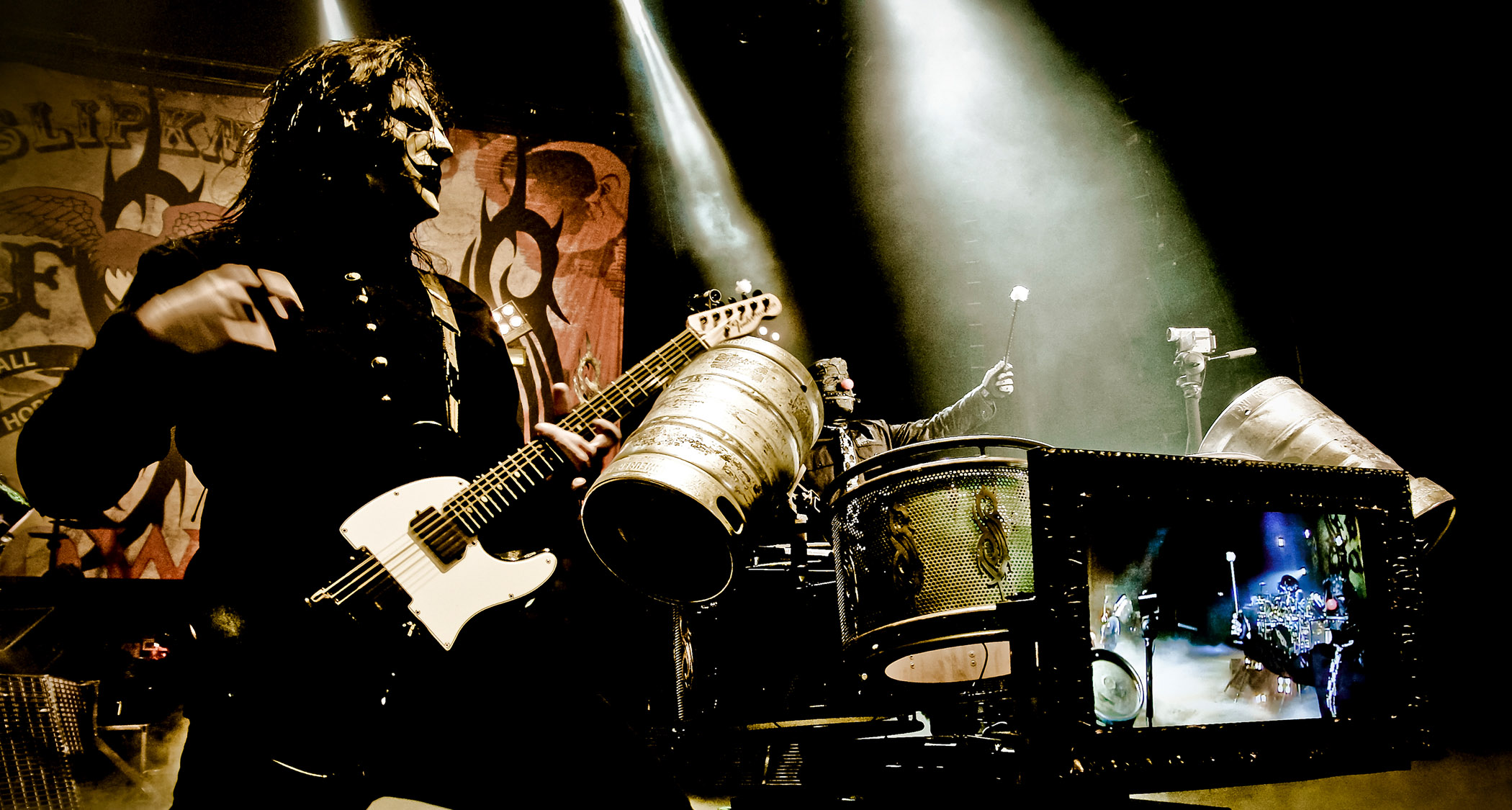Jimmy Page Discusses “Evil Sounds” Heard on New Led Zeppelin Re-Issues
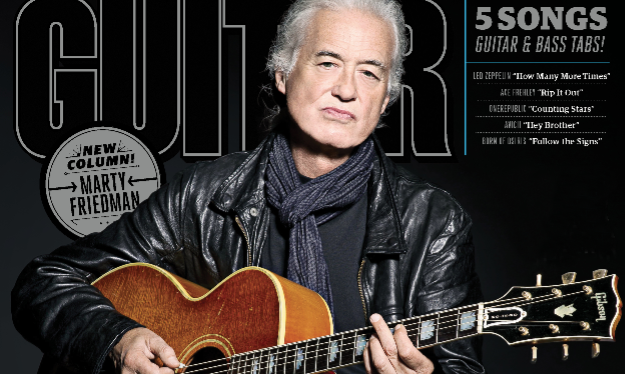
This is an excerpt from the July 2014 issue of Guitar World. For the rest of this story, plus features on Ace Frehley, Albert Lee, "The Album that Changed My Life," the history of Taylor Guitars, Kenny Wayne Shepherd, columns, tabs and reviews of new gear from Fender, ESP/LTD, Vox, Boss, Sterling by Music Man and more, check out the July 2014 issue at the Guitar World Online Store.
As my cab pulls up to Olympic Studios, located in the quiet West London suburb of Barnes, I’m a bit surprised and amused. With its red brick exterior and modest white archway entrance, the exterior looks more like a quaint American high school than a rock and roll landmark. But a landmark it is.
From the mid Sixties through the Nineties, Olympic was one of England’s finest recording facilities and birthplace to some of the greatest music of the 20th century, including Jimi Hendrix's Are You Experienced, the Rolling Stones’ Let It Bleed, Queen’s A Night at the Opera and large portions of Led Zeppelin I, II and III.
The recording consoles and microphones are long gone, but fortunately some of the old spirit still remains. Olympic is now an ultra-hip movie theater/café decorated with candid “in studio” photos of rock’s finest musicians and tasteful bric-a-brac that celebrates the building’s past glories.
It is here that Led Zeppelin’s producer and guitarist, Jimmy Page, has decided to unveil the band’s latest archival project to a handful of curious journalists. As long rumored, during the course of the next year, deluxe editions of all nine of Zep’s studio albums will be released, three at a time, in chronological order, each re-mastered by Page.
But the real news is that the band also will open its vaults to share dozens of unheard studio and live recordings. Each re-mastered studio album will have a second disc of companion material comprised entirely of unreleased music related to that album.
Page plays a handful of the never-before-heard tracks over the theater’s state-of-the-art sound system and clearly enjoys the enthusiastic responses from the music press.
All the latest guitar news, interviews, lessons, reviews, deals and more, direct to your inbox!
Immediately after the listening session, I met with the guitarist for an exclusive one-on-one chat for Guitar World. Page recently turned 70, and you can’t help but be in awe of his youthful enthusiasm and the hardcore dedication he brought to this rather gigantic undertaking.
“I knew the only way to do this project properly was to leave no stone unturned and to listen to every Led Zeppelin tape and performance,” he says emphatically. “Additionally, I really researched what had been bootlegged and what stolen material had surfaced, and I was determined to offer things people had never heard. People will be genuinely surprised by what we have and what we have in store for these albums. We wanted to give these bootleggers a real fright! I’ve actually read reviews of the new albums by people who think they know already know what the extra material will be based on bits and pieces they’ve heard online. I thought, Oh yeah, you think that’s what I’m gonna do…I’ll scare the pants off you!”
Then he pauses for a moment and adds with a laugh, “They’ll probably do bootlegs of what we’ve just done!”
The following is a short excerpt from a marathon interview that will appear in the up-coming July 2014 issue of Guitar World, which hits newsstands next week. In this portion of the conversation, we focused on the final, and alternative, take of Led Zeppelin’s iconic signature song, “Whole Lotta Love.”
GUITAR WORLD: The version of “Whole Lotta Love” on the bonus disc is exciting but is missing some key elements—the guitar solo, the chorus tag, the backwards slide and some of the guitar and Theremin parts in the middle. Why choose this particular take for the bonus disc?
At this point in the song’s evolution, I knew in my head how the whole arrangement was going to go, but I wanted people to hear how focused we were on creating a foundation that was intense…and it is intense! We weren’t the Beatles, so you’re not going to hear us sing “whole lotta love” together on the chorus while we were playing. [laughs] But I think Robert’s performance on this track is also a revelation. He’s just singing a guide vocal, but it’s pretty damn good, isn’t it? And even though you only hear some of the drums, little bits of the final Theremin part and some of Robert’s vocal in the middle section, it’s really atmospheric and stands on its own merits.
While we’re on the subject, how did you create the otherworldly sounds in the middle section that we hear on the final studio version of “Whole Lotta Love”?
I always envisioned the middle to be quite avant-garde. If ultimately I wasn’t able to pull it off, I might’ve had to edit the song down, but I knew what I wanted, and I knew how to go about it. It was just a matter of doing it. I created most of the sounds with a Theremin and my guitar. The Theremin generates most of higher pitches and my Les Paul makes the lower sounds.
I de-tuned it radically and just basically pulled on the strings to make an assortment of growling noises—evil sounds that you’re not supposed to hear on commercial radio. [laughs] I might’ve de-tuned it to a chord, but really I’m just pulling on strings and making them howl! And then, during the mix, with the aid of engineer Eddie Kramer, we did all the panning and added the effects, including using Low Frequency Oscillators on the tape machine to really pull the whole thing down and lift it back up so the sound is moving in rhythm. It was something no one had ever done before in that context, let alone in the middle of a song. That’s how forward thinking we were, that’s how avant-garde it was, and that’s how much fun we were having.
That was the advantage of having artistic control. None of that might’ve happened if had an outside producer. They might’ve questioned, or not understood, what I was doing, or thought I was just making a bunch of noise. I was able to make sure our ideas were carried out without interference.
"Whole Lotta Love” has so many cool touches, how did you go about constructing it?
I was always good at hearing complete arrangements in my head. For example, when we rehearsed the first album at my home in Pangbourne, I was able to envision the finished arrangement of “How Many More Times” before we got into the studio. I knew what was going to be overdubbed and how I was going to use the bow as melodic counterpoint. The same is with “Whole Lotta Love.”
This is an excerpt from the July 2014 issue of Guitar World. For the rest of this story, plus features on Ace Frehley, Albert Lee, "The Album that Changed My Life," the history of Taylor Guitars, Kenny Wayne Shepherd, columns, tabs and reviews of new gear from Fender, ESP/LTD, Vox, Boss, Sterling by Music Man and more, check out the July 2014 issue at the Guitar World Online Store.

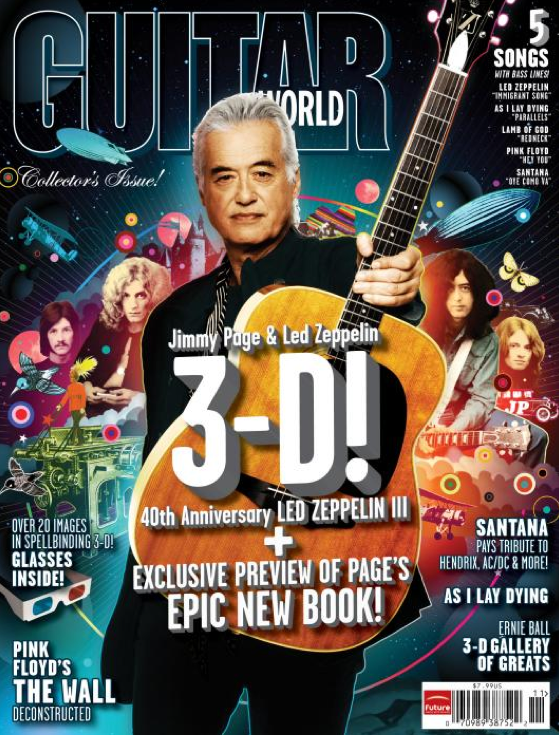



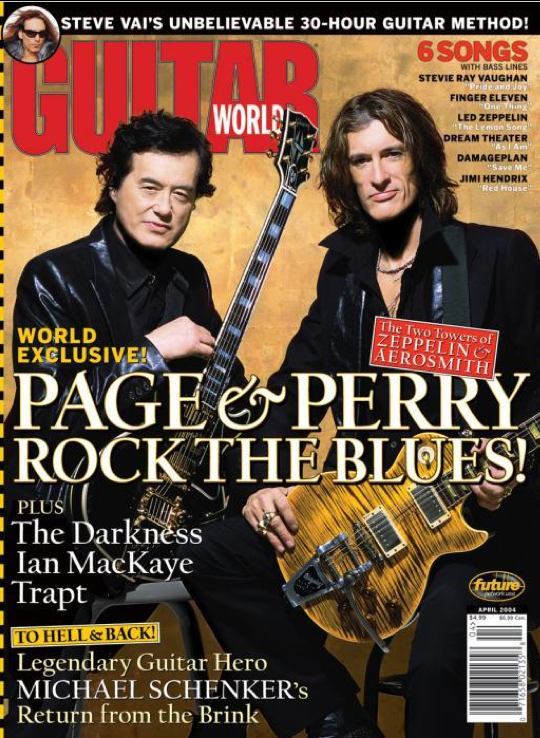
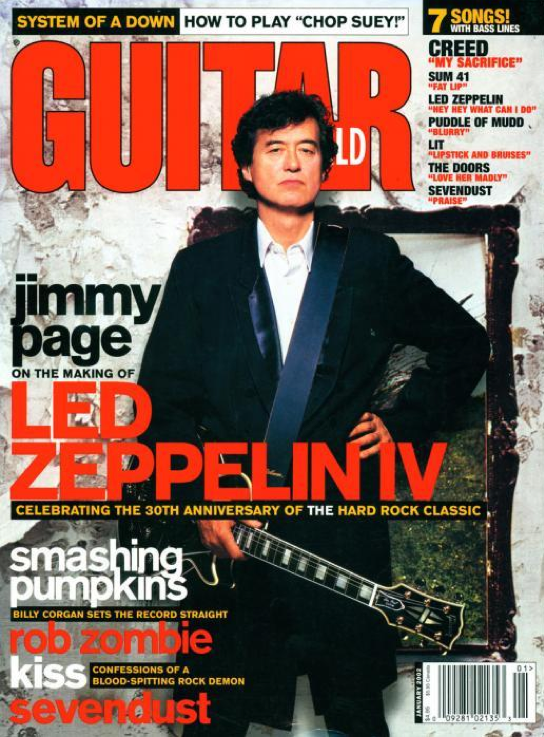
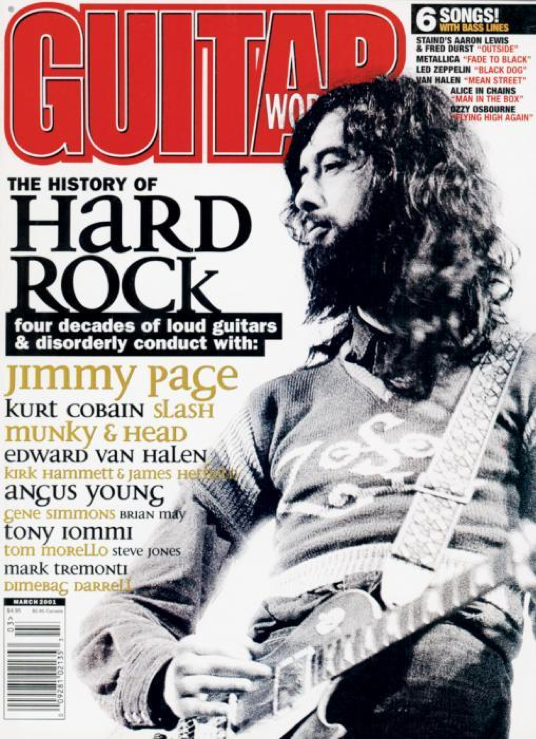
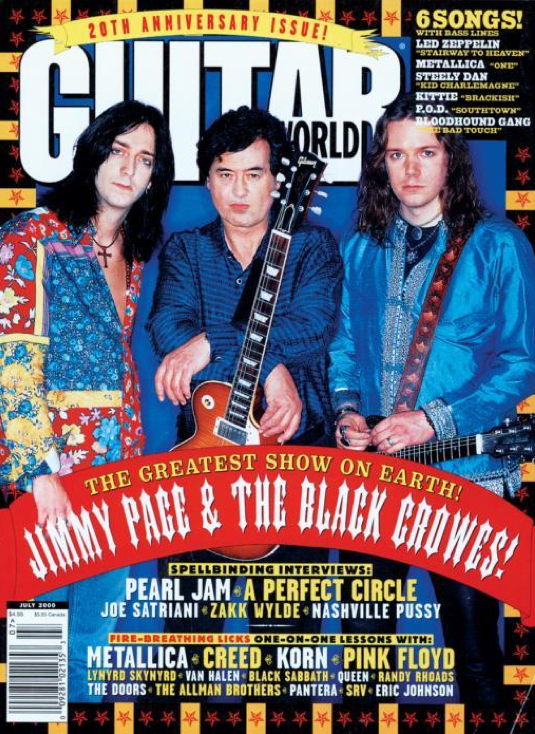
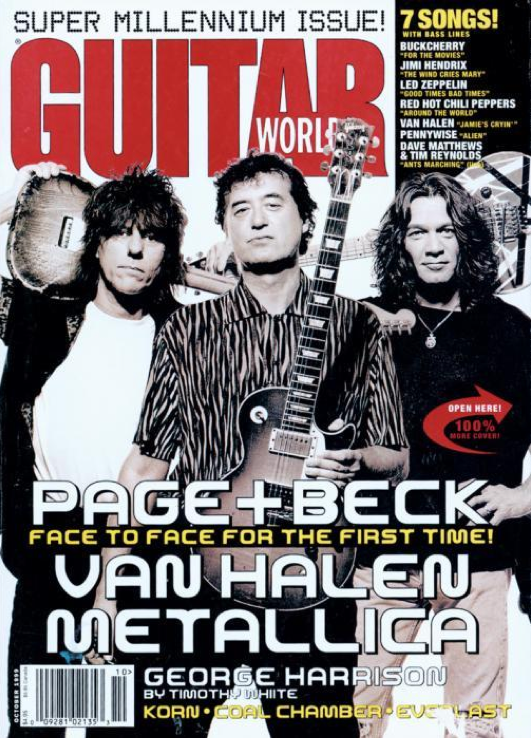
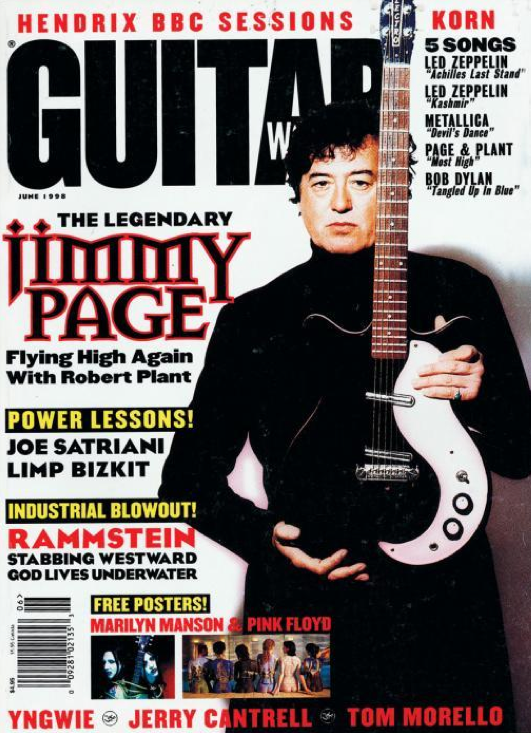
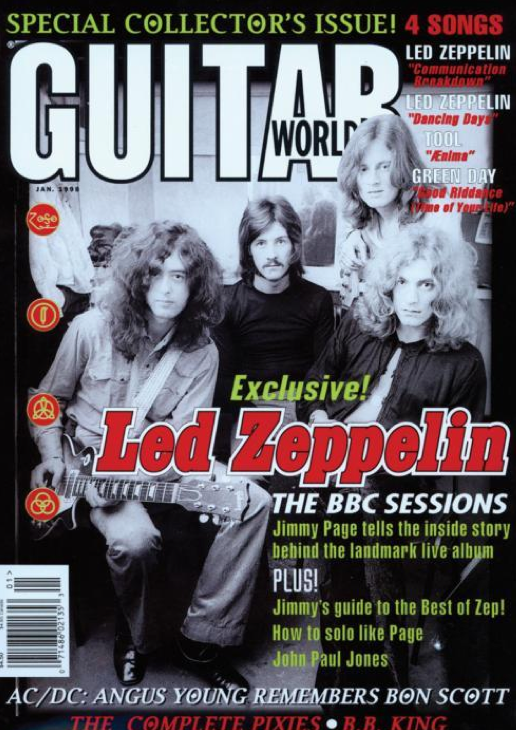

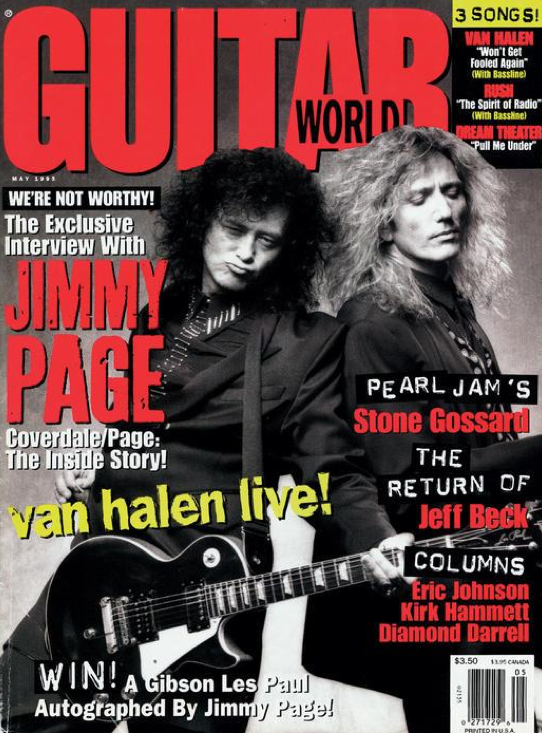
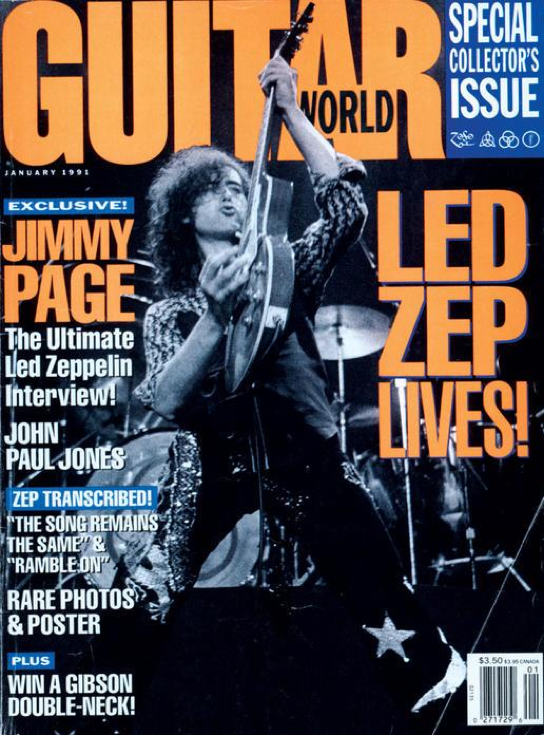
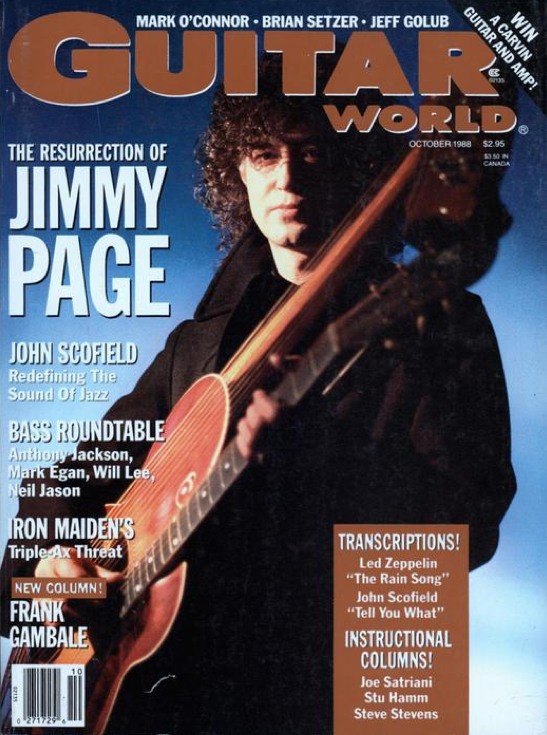


A long time ago in a galaxy far, far away Brad was the editor of Guitar World from 1990 to 2015. Since his departure he has authored Eruption: Conversations with Eddie Van Halen, Light & Shade: Conversations with Jimmy Page and Play it Loud: An Epic History of the Style, Sound & Revolution of the Electric Guitar, which was the inspiration for the Play It Loud exhibition at the Metropolitan Museum of Art in New York City in 2019.

